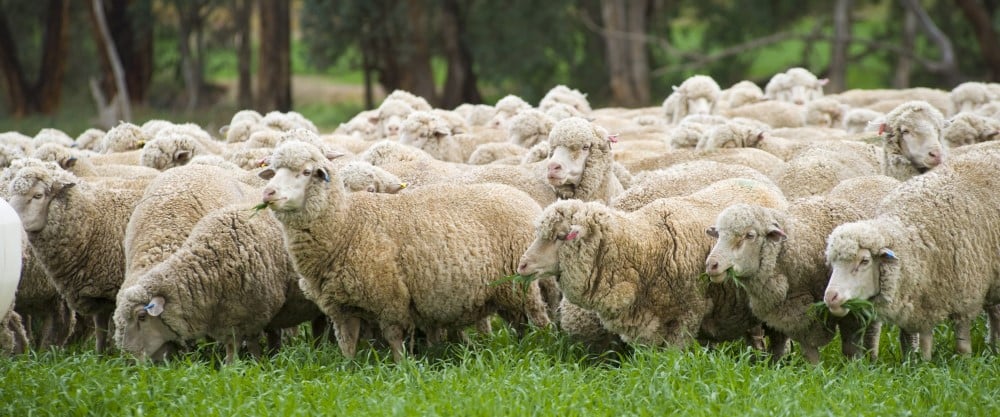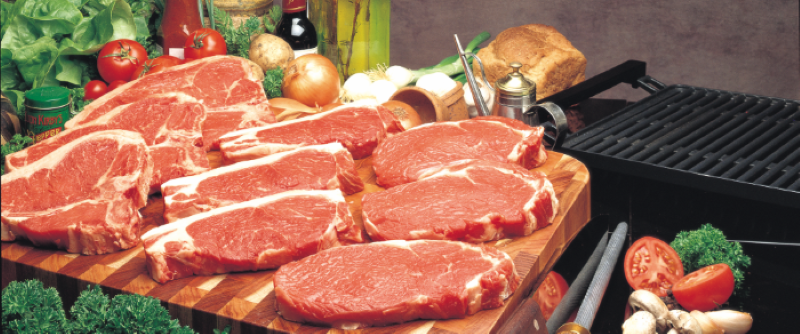The rise of conscientious consumerism across the world, and particularly in Europe, is increasing pressure on global red meat producers to transparently adopt sustainable processes.
As an exporter to over 100 countries, the Australian red meat industry aims to lead through action by putting sustainability at the heart of our plan for the next decade, Red Meat 2030.
Red Meat 2030 sets an industry wide goal of doubling the value of Australian red meat sales, whilst simultaneously meeting the ambitious target of becoming completely carbon neutral over the same period. This world-leading sustainability commitment is not only what consumers want – it’s the right thing to do.
Doing less to achieve more
Achieving these dual goals will require unprecedented transformational change, which MLA Managing Director Jason Strong characterises as “Fewer, Bigger, Bolder.” Australia’s red meat industry was the first in the world to commit to achieving carbon neutrality by 2030. Our guiding principle over the next 10 years will be to consolidate efforts to allow for larger scale projects that fulfil bolder ambitions and targets in both sustainability and profitability.
Proactively addressing emissions is an essential part of making sure Australia remains a global leader in red meat production. By being environmentally conscious, we are laying the groundwork for the long-term economic sustainability of the sector, securing a future for farmers, and ensuring the supply of high-quality red meat that consumers expect.
Collaboration will be key
Over the past 11 years, Australia’s beef industry reduced greenhouse gas emissions by 57.6%. This is a start, but as we continue to grow our sales, we have a perfect opportunity to capitalise on what has been achieved so far.
Multiple Australian producers have already adopted carbon neutral processes, but implementing the level of change required across the industry will involve unprecedented cooperation – not just within Australia, but along the supply chain to exporters and importers as well. The challenge is large, but necessary to secure the future of our industry.
More Information
- The other steps MLA has taken towards environmentally sustainable red meat.
- Broader View of MLA’s Red Meat 2030 plan.
ENVIRONMENTAL SUSTAINABILITYLIVESTOCK EMISSIONSSUPPLY CHAIN
Article Date: 11th December 2019

